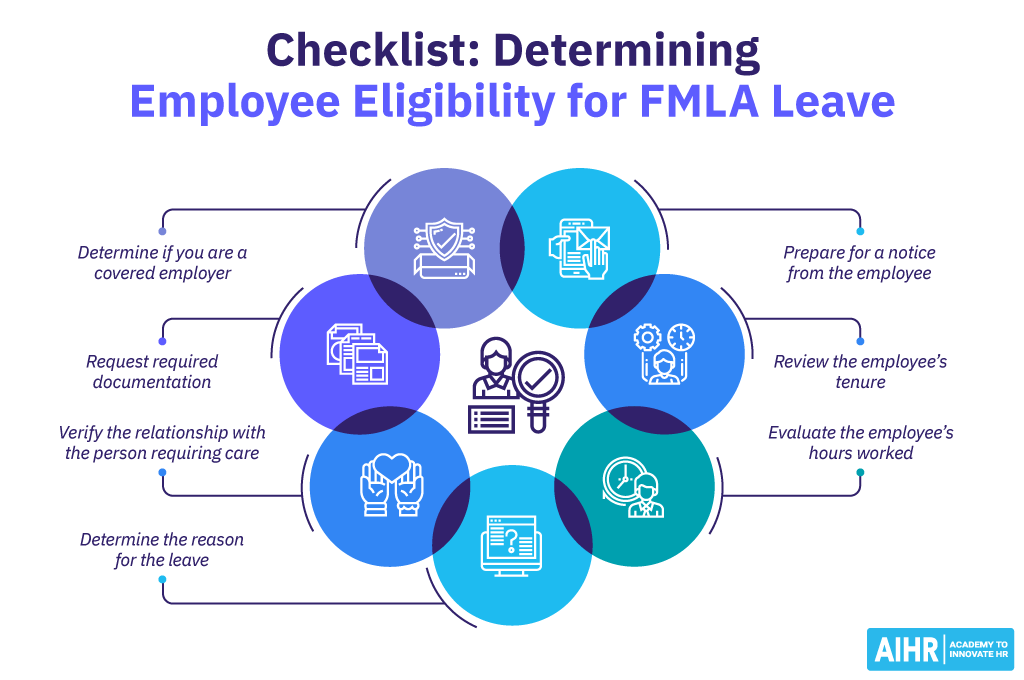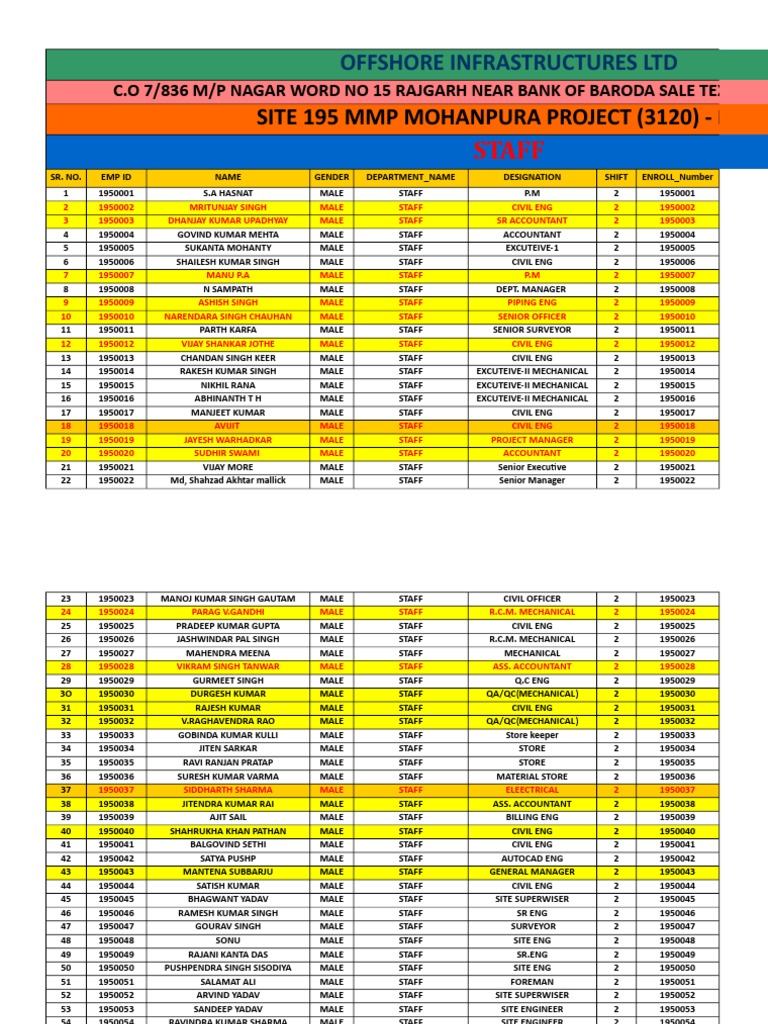FMLA Paperwork Guide: Get Work Leave Easily

In today's professional world, understanding and knowing how to manage the paperwork for Family and Medical Leave Act (FMLA) is essential for both employees and employers. Whether you're an expecting parent, need to care for a family member with a serious health condition, or require leave for your health, FMLA can offer crucial relief. This guide will lead you through the intricacies of FMLA paperwork, ensuring you get the work leave you need without unnecessary hassle.
FMLA Basics: Understanding Your Rights

The Family and Medical Leave Act (FMLA) was enacted to provide job-protected leave to eligible employees for certain family and medical reasons. Here's what you should know:
- Eligibility: Employees must have worked for a covered employer for at least 12 months, have worked at least 1,250 hours during the 12-month period immediately preceding the leave, and work at a location where the employer has at least 50 employees within 75 miles.
- Reasons for Leave: FMLA covers childbirth, adoption or foster care, caring for a spouse, child or parent with a serious health condition, your own serious health condition, or specific exigencies arising from the fact that a family member is on active duty or call to active duty status in the National Guard or Reserves.
- Entitlement: Eligible employees can take up to 12 weeks of unpaid leave in any 12-month period, or up to 26 weeks to care for a covered service member with a serious injury or illness.
👉 Note: Always confirm your eligibility with your HR department before starting the process to avoid misunderstandings or complications.
Step-by-Step FMLA Paperwork Process

Filing for FMLA leave involves several steps. Here’s a structured guide to help you through the process:
1. Notify Your Employer

The first step is to inform your employer about your intent to take FMLA leave:
- Timeframe: You should notify your employer as soon as possible, preferably 30 days in advance if the need is foreseeable.
- Written Notice: Although not always required, providing written notice can prevent misunderstandings.
2. Complete the Necessary FMLA Forms

There are specific forms that must be filled out for FMLA:
- WH-380-E: Certification of Health Care Provider for Employee’s Serious Health Condition
- WH-380-F: Certification of Health Care Provider for Family Member's Serious Health Condition
- WH-384: Certification of Qualifying Exigency For Military Family Leave
- WH-385: Certification for Serious Injury or Illness of a Current Servicemember for Military Caregiver Leave
- WH-385V: Certification for Serious Injury or Illness of a Veteran for Military Caregiver Leave
Employees need to:
- Fill out the parts they can complete.
- Have a healthcare provider complete the necessary sections regarding the condition or treatment.
- Return the form to your employer within 15 calendar days unless it's not practicable under the circumstances.
📝 Note: Delays in submitting the correct documentation might impact your eligibility for FMLA leave.
3. Medical Certification

Medical certification is a critical part of the FMLA process:
- Employers have the right to request certification to support a request for FMLA leave due to a serious health condition.
- This must come from a healthcare provider and should include details about the condition, treatment plan, and the estimated duration of the leave.
4. Approval and Designation

Once the paperwork is submitted:
- Your employer will review the certification to determine FMLA eligibility.
- If approved, they must provide written notice of FMLA designation, including the amount of leave counted against your entitlement.
5. Monitor Your Leave

Keep track of your leave:
- Check with your employer to understand how they track FMLA leave (rolling forward, backward, calendar year, or fixed).
- Regularly update your employer on your health status or the condition of the family member you’re caring for, especially if your return to work changes.
Frequently Asked Questions (FAQs)

Can I take FMLA leave intermittently?

+
Yes, FMLA leave can be taken intermittently or on a reduced leave schedule when medically necessary for treatment of a serious health condition, due to pregnancy or childbirth, or in cases of caring for a newborn or recently adopted child.
What if my employer denies my FMLA request?

+
If you believe your request was wrongfully denied, you can file a complaint with the Wage and Hour Division of the U.S. Department of Labor or seek legal advice.
Is my job safe when I return from FMLA leave?

+
Yes, FMLA provides job protection. Employers must restore you to your original job or an equivalent one with the same benefits, pay, and terms of employment, except in cases where key employee exceptions apply.
In navigating through the process of obtaining Family and Medical Leave Act (FMLA) leave, being well-versed in the required paperwork and procedures is critical. This guide has outlined the essential steps, from understanding your rights, notifying your employer, to completing and submitting the necessary forms. By adhering to these guidelines, you can secure the leave you need with minimal disruption. Remember, FMLA is not just a right; it’s a mechanism to ensure that you can attend to life’s most important events without jeopardizing your career or employment status. Whether you’re planning for parental leave, need to care for a loved one, or require time off for your health, FMLA offers the peace of mind and job security during these times.



